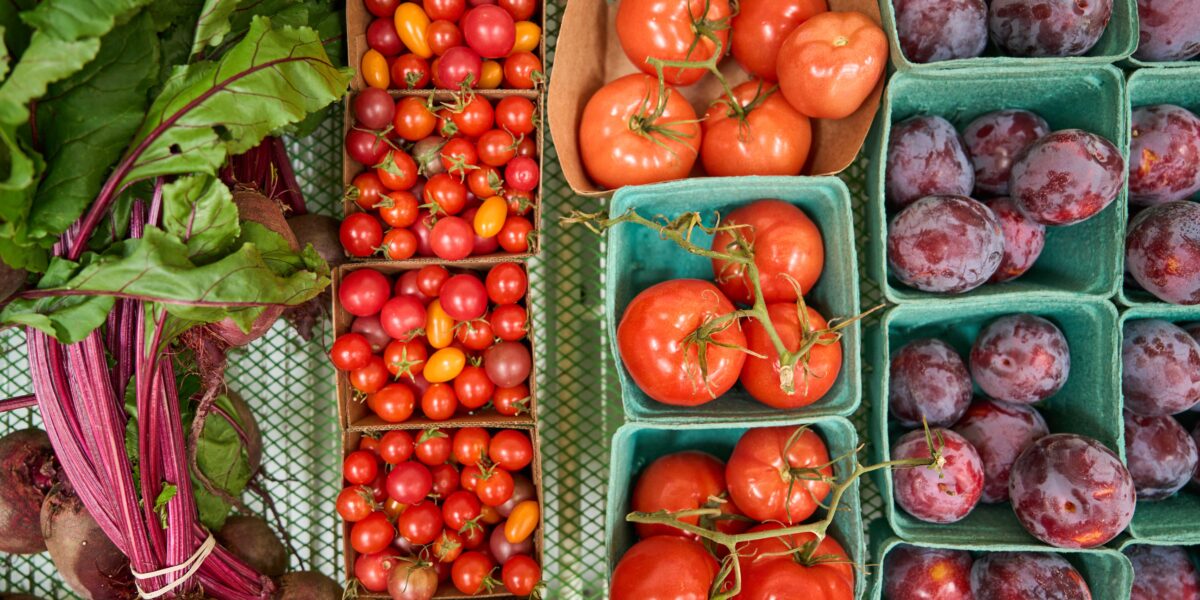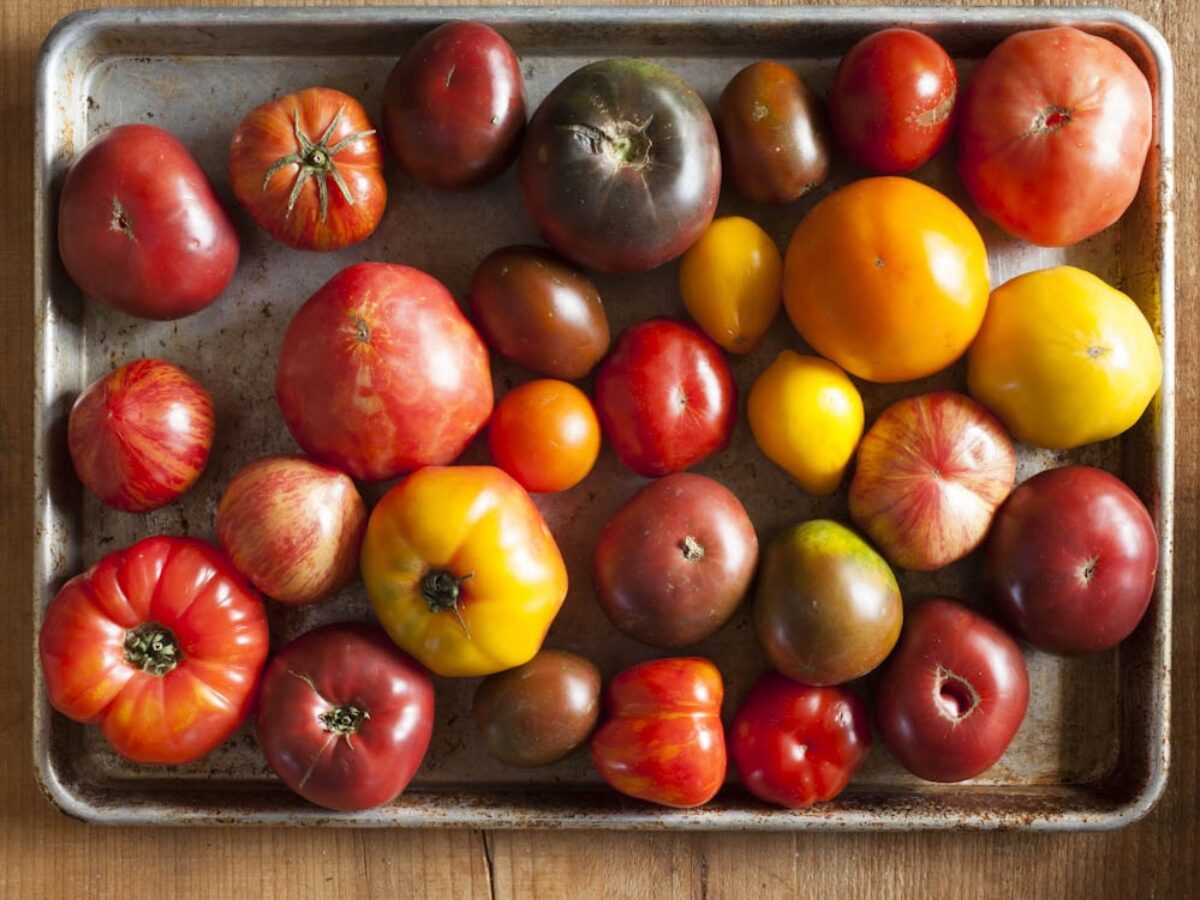
This Simple Storage Trick Will Help Your Tomatoes Last Longer
We’re sharing our garden editor-approved farmstand secret for freshness.

It’s peak tomato season and if you’re lucky, you aren’t getting through them fast enough. While preserving the bulk of your harvest to keep from waste and spoiling is the best move, there are definitely times when you just want to hold onto that handful of heirlooms for a few days longer and enjoy the fruits of your labor fresh. Thankfully, how you store your tomatoes can buy you that extra time and it’s as simple as storing them stem-side down.
I first spotted this trick at a local farmstand, where all tomatoes were placed upside down in crates. When I asked the farmer why, they explained that it keeps tomatoes plump and juicy. Upon further research, I discovered that studies have proven that over a three-day period, tomatoes stored stem-side down only lose 1–2% of their weight, while those stored stem-up can lose up to 7%.

Thomas J. Story
Four Reasons It Works
- The top of a tomato ripens last and is the firmest part, so it can support the weight of the fruit.
- Storing tomatoes stem-side down also creates a barrier against oxygen, which can slow down mold growth.
- The stem area is sensitive and can allow moisture and bacteria to enter the fruit, causing it to rot.
- Storing tomatoes stem-side down can help prevent bruising to the delicate “shoulders” of the tomato, which are the areas around the stem scar.

Courtesy of Kurtwood Farms
How to Do It Right
For tomatoes that are ripe and ready to eat, remove all stems and leaves before placing them upside down on a plate away from direct sunlight. Pulling off any greenery is key, as moisture can escape through the stem, which can cause your plump juicy tomatoes to get mushy and wrinkly.
Need to stretch a tomato a few extra days before cutting into your bounty? While storing at room temp is best, you can buy yourself even more time by popping them in the fridge stem-side down on a plate. Keep in mind that resorting to storage in cooler temps is definitely a last-ditch effort. Refrigerators typically range between 40–45°F, which can cause a “chilling injury” that harms the tomato’s natural ripening process. Also, tomatoes contain an enzyme that reacts to cold temperatures, which can break down cell membranes and make the fruit mushy and mealy—which defeats the whole purpose of enjoying freshly harvested tomatoes. I’ve found one or two days with near-ripe tomatoes can be worth the risk; just be sure to bring them back to room temperature before serving for the best flavor.
Did a few green guys fall off the plant by mistake? Same trick works, except you will want to encourage and expedite ripening by placing them in a brown paper bag along with other ethylene gas-releasing fruit such as apples, bananas, avocado, or kiwis. Once tomatoes are mostly red, remove from the bag and finish the ripening process stem-side down on a plate.
Happy harvesting—here’s to a long and delicious tomato-filled summer!
